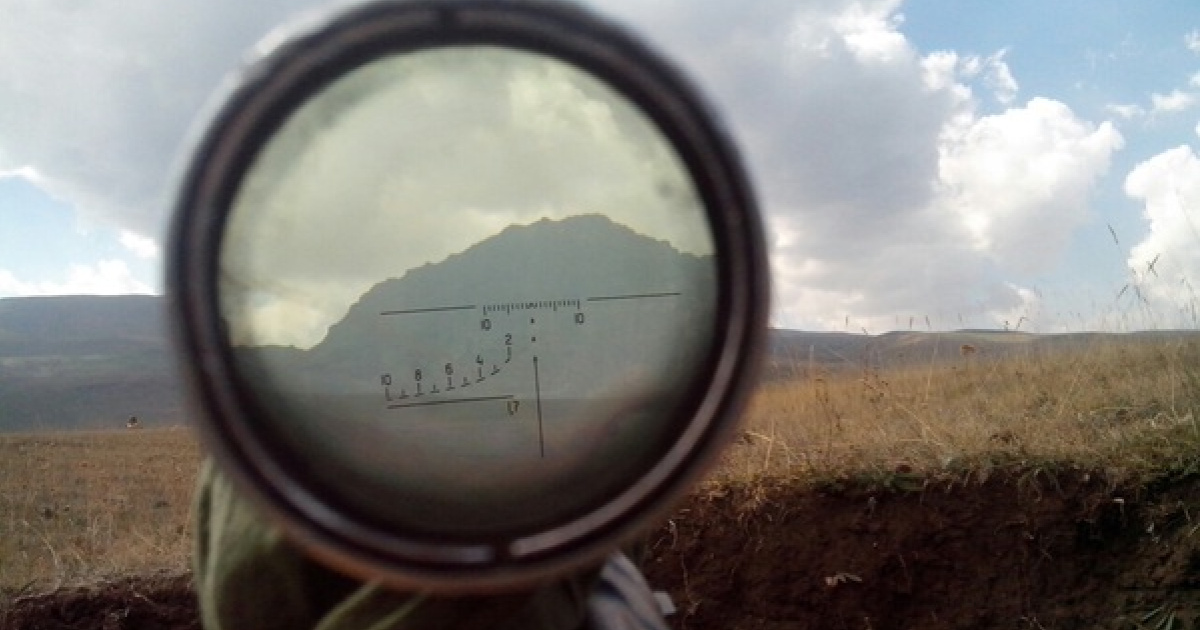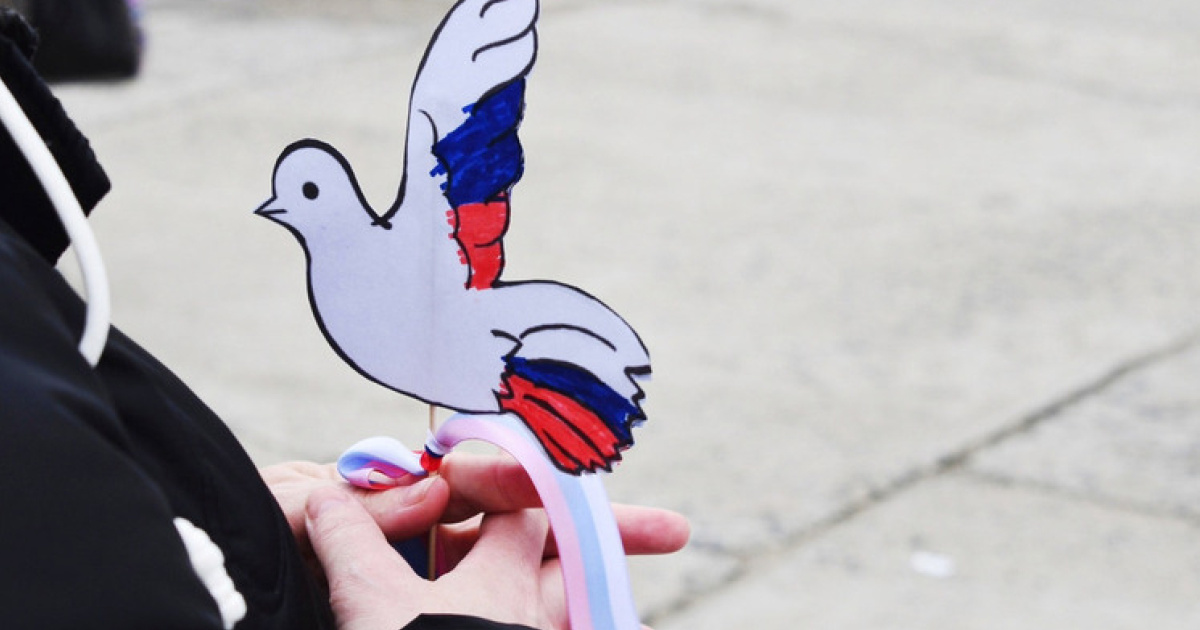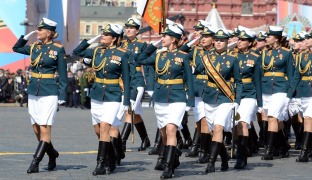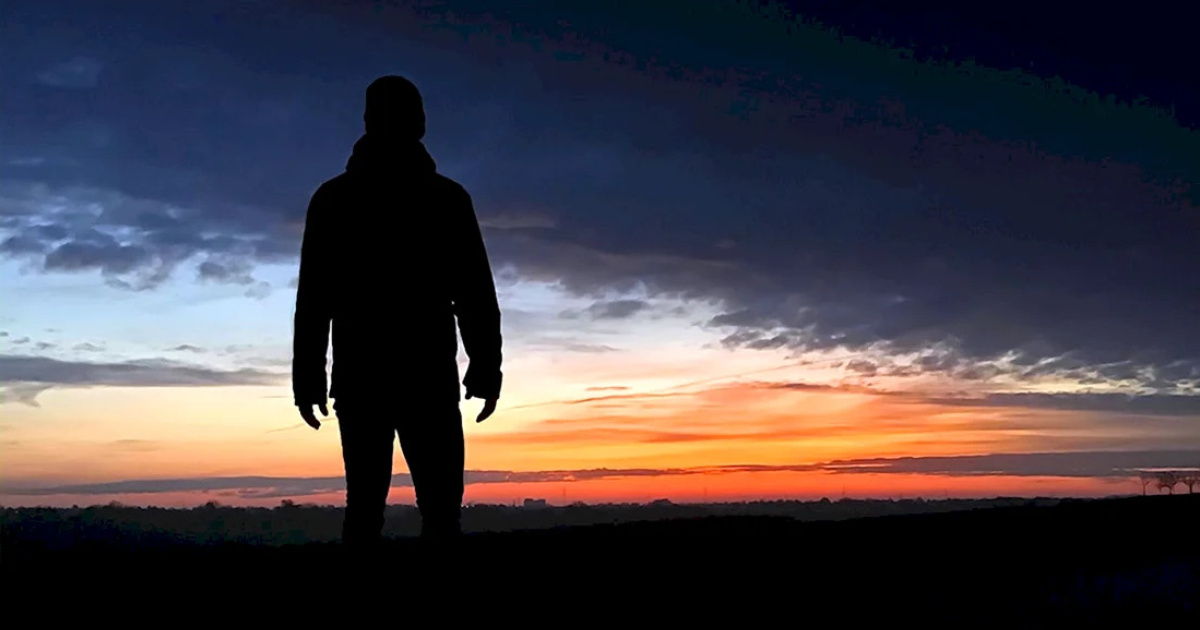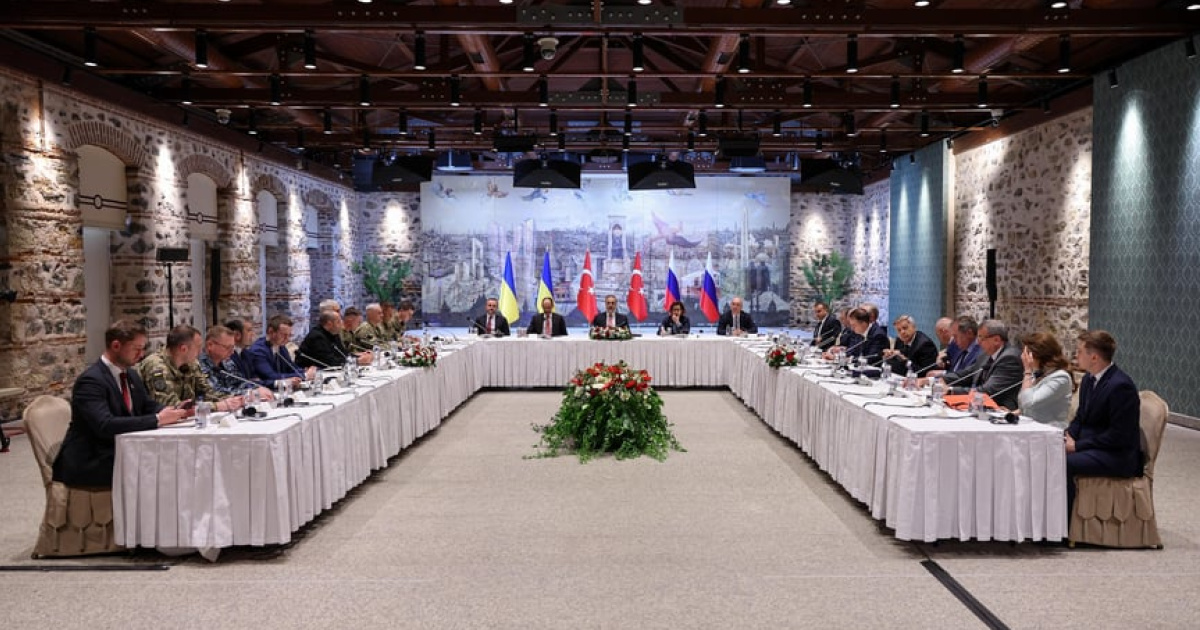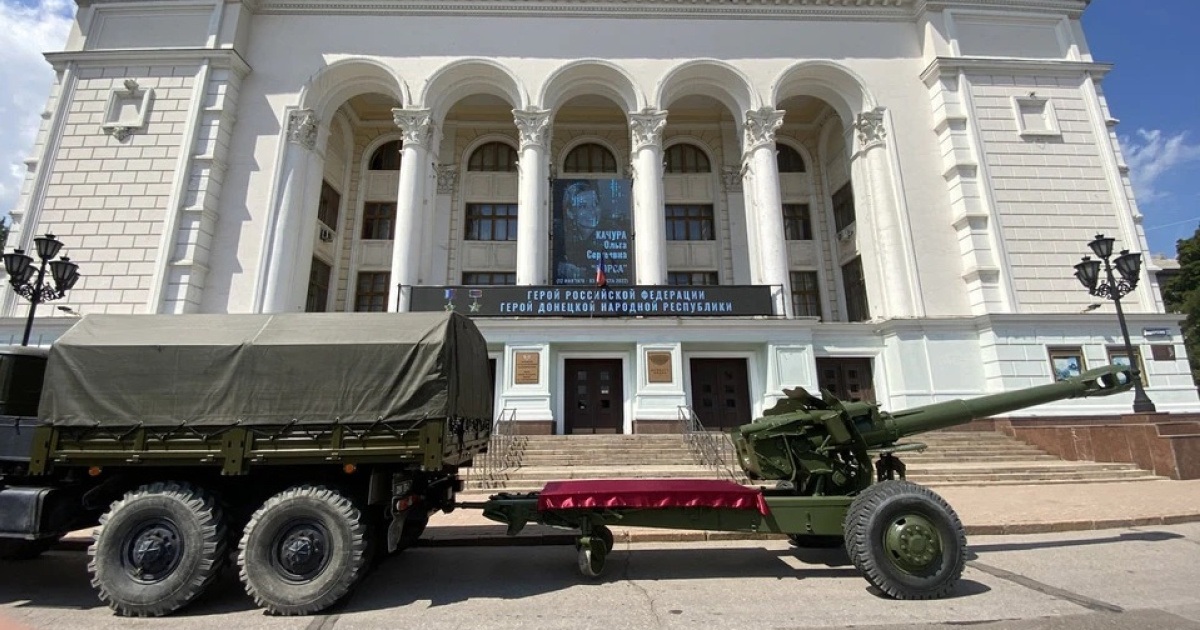
The city that hosted the UEFA Euro 2012 is gradually transforming into a remote Soviet province. And it's not just because the war has been ongoing for nine years. Boarded-up windows and crumbling building facades certainly don't add glamour to the former capital of Donbas, but there are other factors at play...
Let's start with the names. They say "as you name the boat, so shall it float" for a reason.
Locals remember that Donetsk began rapidly changing its appearance since 2004. From a dusty industrial center, it gradually morphed into a beautiful city with modern structures, reaching its zenith by 2012.
The first sign of change could be considered the elite five-star hotel Donbas Palace. Before 2004, there had been a hotel with a typical Soviet name, Donbas. In 2006, Donetsk saw the emergence of the new trade and entertainment center Donetsk City, with the ice arena Funtura and the Varus supermarket. Following suit in 2010 were the Green Plaza shopping center and the 21 (+1 underground) story multi-functional building Sky City, which was put into operation in 2012.
In 2006, the reconstruction of Shcherbakov Park began. In the Soviet era, it was called the Central Park of Culture and Rest named after A.S. Shcherbakov. There was no trace left of the dreary landscapes with broken benches. The pond was cleared, and the embankment was adorned with magnificent sculptural compositions. Decorative metal gates were placed at the side entrance, making it the main entrance. And in 2008, wrought-iron gazebos were installed on the park grounds, and a rose garden with various types of roses was created. This was no longer just a park; it had become a mini-town with a dolphinarium, water park, children's playgrounds and shaded alleys.
In 2012, a three-star hotel Park Inn by Radisson appeared in Donetsk, replacing the Kyiv hotel. And, as you can imagine, not only the name changed. The hotel was renovated and equipped with modern furniture and appliances as part of Ukraine's preparations for UEFA Euro 2012.
The Donetsk State Academic Opera and Ballet Theatre named after A. B. Solovianenko also underwent a renaming in a European style. In September 2012, a new brand identity, logo, and the new name Donbas-Opera were presented for the theater.
Ukraine's pride, the football stadium Donbas Arena, was opened in 2009. It was also referred to as the "pearl of Donbas" because it was built with modern architectural trends and technical sophistication, making it not just beautiful, but simply mesmerizing.
The nearby park also became more attractive. Old trees were replaced with young saplings specifically chosen in the club colors of FC Shakhtar. In the autumn, the leaves turned bright orange and red. The surroundings of the stadium were also improved. Numerous recreational areas with cascading fountains, lawns and benches were added...
With the arrival of the horde of "liberators", Donetsk ceased to develop, grow and flourish. Instead, it withers and patches up holes, as is customary in rural russia. The former pride of the mining region, Donbas Arena stadium, is being attempted to be maintained in a somewhat acceptable state. Occasionally, tours are even conducted here, though with little demand. But the park adjacent to the stadium seems to lack either the strength or the desire to be maintained. It's overgrown with grass and heavily littered. Benches are broken, and plastic bottles float in the pond. Everything exudes emptiness, decline and oblivion.

The degeneration of Donbas is vividly highlighted by the new names. They exude a Soviet flavor, from which Ukrainian Donetsk gradually rid itself before 2014. There are no more "cities" or "plazas". Everything is simply proletarian - Manna, Moloko (Milk) or Parus (Sail). And most names invariably include the words "republican" and "people's".
The Kinokult cinema, where we used to watch Woody Allen retrospectives or arthouse films before the war, is now called the "Republican House of People's Creativity and Cinema". The basic plan of the mobile operator Phoenix, which operates on the seized capacities of Kyivstar, is named People's. The financial organization that took over the premises of Oschadbank and PrivatBank in 2014 is named the "Central Republican Bank". The same name is now proudly carried by former supermarkets of the all-Ukrainian trading network ATB, "nationalized" by the "new authorities" in 2014. This name is also shared by the TV channel that operates on the basis of the seized Channel 27 - the Ukrainian state regional television and radio company.
However, the outdoor advertising is the most disheartening thing in Donetsk. Of course, not the kind that the city had before the arrival of the "russian world". The still-working lightboxes continue to please the eyes with their bright lights. However, no one changes the burnt-out bulbs, and the city is slowly sinking into darkness. Yet, once upon a time, Donetsk was often referred to as the Ukrainian Las Vegas for its nighttime street illumination.
The high-end fashion brands shops along Artema Street are closed. Many still bear old signs, but the doors and windows are boarded up. To buy clothes, household appliances, and other necessary modern items, the youth and affluent individuals head to rostov or moscow, while the rest go to the market. Others order goods on AliExpress, OZON and WILDBERRIES, which became available to the residents of Donetsk since 2020. The marketplace platforms attract buyers primarily with very low prices and a wide range of Chinese products.
At major shopping malls, neon signs from pre-war times remind residents of the former prosperity of the mining capital. However, the new creations do not stand up to any criticism. Expensive designer signs on store facades in many places have been replaced with budget wide-format printing. It quickly fades in the sun and weathers from the elements.

The "artists" particularly excelled in decorating the Moloko supermarket, which was known as Amstor before 2014. By the way, the local residents categorically refuse to use the new name.

The central streets are dominated by billboards with portraits of militants, symbols of "novorossiya", flags, and emblems of the "republic" and russia. Slogans like "our choice is russia" and "we are russian Donbas" have literally flooded Donetsk. And all of this strongly resembles the shabby festive decoration of cities in the Soviet era, when red flags and posters saying "Peace. Labor. May" or "Proletarians of all countries, unite!" were hung every hundred meters.
A lot of new monuments have appeared. Mostly these are individuals related to russian and Soviet history but not connected to Donetsk. For example, holy martyr tsarevich Alexei or World War II hero General Ivan Panfilov.
Next to the monument "To Your Liberators, Donbas" dedicated to the memory of all units and formations that liberated Donbas during the war of 1941-1945, an called the "Heroes of the Donetsk People's Republic" was created. On black marble pedestals, busts of the first "leader" Alexander Zakharchenko, singer Iosif Kobzon, and militants Motorola, Givi and Mamai emerged in succession.
All of this creates a very different space than before. A different reality. Foreign and absurd. But the main thing is that "being determines consciousness". Those who left Donetsk in 2014 and will return to it after the city is liberated must remember this.
Liusia Molchanova, Donetsk, for OstroV
